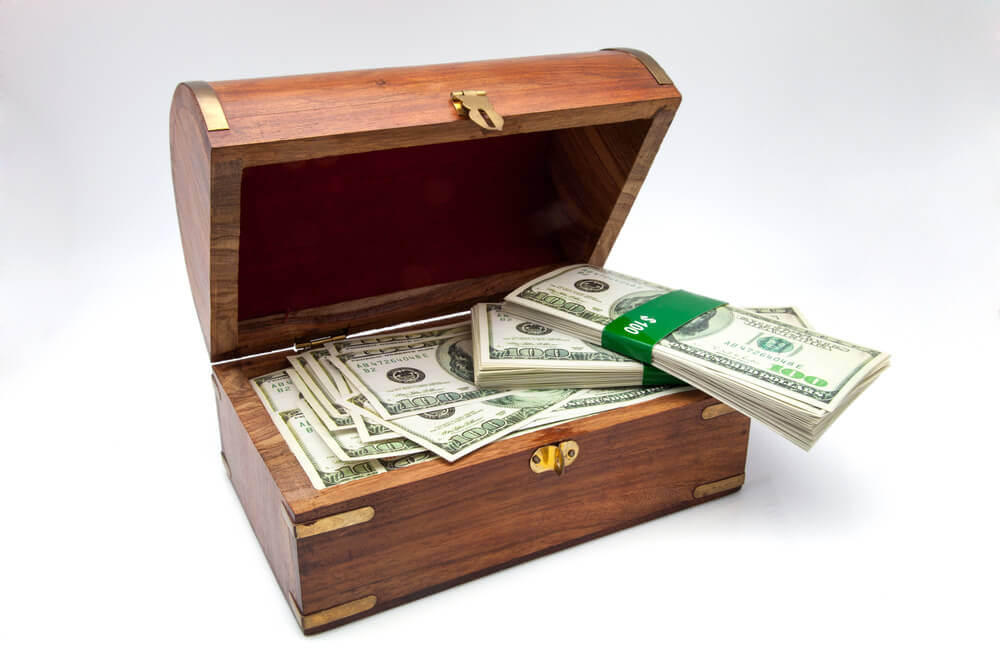In the modern digital world, digital signatures play a vital role in establishing trust & security in digital transactions and communications. They offer a reliable method to verify the identity of the sender and ensure that the content of electronic documents remains unchanged during transmission. With advancements in technology, various types of digital signatures have emerged, including inexpensive code-signing certificates used by software developers for secure application distribution.
Through this comprehensive guide on digital signatures, readers will gain an in-depth understanding of how these cryptographic solutions work while exploring their diverse uses and importance in our increasingly interconnected world.
What is a Digital Signature?
A digital signature is an electronic equivalent of a handwritten signature used to verify the authenticity and integrity of digital messages or documents. It proves that the sender is who they claim to be and that the content hasn’t been tampered with during transmission.
In practice, digital signatures find widespread applications across industries such as email communication, online transactions, legal documentation, software distribution processes (with Code Signing Certificates), and government-related tasks. By incorporating digital signatures into these processes, organizations can enhance data integrity & protect against tampering or unauthorized modifications.
How Does Digital Signature Work?
Digital signatures rely on asymmetric encryption algorithms for security. The process involves two key components – private key & public key. The private key remains confidential with the signer while the public key is openly shared.
When someone signs a document using their private key, it generates a unique cryptographic value known as a hash code or digest for that specific document. This hash code acts as a fingerprint representing its contents.
The signed document along with its hash code is then encrypted using the signer’s private key to create the digital signature. Anyone receiving this signed document can use the signer’s publicly available (matching) public key to decrypt & authenticate the original message/document and its associated hash code.
If any alteration occurs within either message/document or its associated hash code during transit, verification will fail due to mismatched hashes – indicating tampering or unauthorized modifications.
Types of Digital Signatures
There are various types of digital signatures available in today’s market depending on specific needs. Such as:
1. Standard Digital Signatures
2. Advanced Digital Signatures
3. Qualified Digital Signatures
4. Biometric Digital Signatures
5. One-Time Password Based Signatures
6. Visible Digital Signatures
7. Multiple-Party Digital Signatures
These various types cater to different requirements based on factors such as security levels needed, regulatory compliance considerations, legal recognition, user convenience, or industry-specific demands. One such type worth mentioning here is Code Signing Certificates, which are primarily used by software developers when distributing their applications online securely.
Code Signing Certificates assure that software codes have not been altered since being digitally signed by trusted sources. These certificates play a crucial role in building trust among users while safeguarding against malware or unauthorized modifications. Many authorized resellers offer low-priced or cheap code signing certificate available at discounted price.
What Does a Digital Signature Look Like?
A digital signature is essentially an encrypted string of characters unique to each signed document. It typically includes information such as the signer’s name, timestamp, and other relevant details that authenticate the origin and integrity of the document.
While it may not be visually distinguishable from a typical email attachment or document, digital signatures have embedded data that can be verified using appropriate software tools.
While a digital signature may not have a distinct visual appearance like a handwritten signature, it is an integral part of the electronic document or message. It exists as an encrypted string of characters that represents the signed content and serves as proof of authenticity & integrity.
Digital signatures are often embedded within the document itself or attached as separate files alongside it. They contain essential information that helps authenticate the origin and integrity of the document.
Here are common elements you might find in a digital signature:
1. Signer’s Name: The name or identifier of the individual or entity who applied the digital signature.
2. Timestamp: The date and time when the digital signature was created, indicating when the signing process occurred.
3. Certificate Details: Information about the signer’s certificate, which includes details such as issuer name, serial number, expiration date, etc.
4. Hash Value: A unique alphanumeric value generated by applying a cryptographic hash function to the signed content. This acts as a fingerprint for verifying its integrity.
5. Public Key Information: Some digital signatures may include information related to public key infrastructure (PKI), such as algorithms used, key length, etc.
It is important to note that while these elements provide additional context and verification capabilities for digital signatures, they are not always visible to users without specialized software tools designed for authentication purposes.
To verify a digital signature’s authenticity and integrity visually, you typically need software applications capable of decrypting and interpreting these encrypted strings accurately.
Overall, although not visually distinguishable from typical email attachments or documents at first glance, digital signatures carry crucial embedded data that can be verified using appropriate software tools designed specifically for this purpose
Practical Applications & Illustrative Instances
Digital signatures are widely used across various industries for secure communication & verification purposes. Some common examples include:
1. Email Communication: Digital signatures ensure the authenticity of emails by verifying both sender identity and message integrity.
2. Online Transactions: Digital signatures assure online transactions by validating the parties involved.
3. Legal Documents: Contracts, agreements, and legal documents often require digital signatures to establish their authenticity.
4. Software Distribution: Code signing certificates protect users from malicious software downloads by ensuring code integrity.
5. Government Applications: Governments use digital signatures for applications like tax filings, permit issuance, etc., ensuring security and reducing paperwork.
Conclusion
In summary, digital signatures offer a reliable method to verify the authenticity and integrity of electronic documents across various sectors. Overall, as technology advances further in our increasingly digitized society, understanding how digital signatures work becomes critical in protecting sensitive information and establishing trust between entities.





















